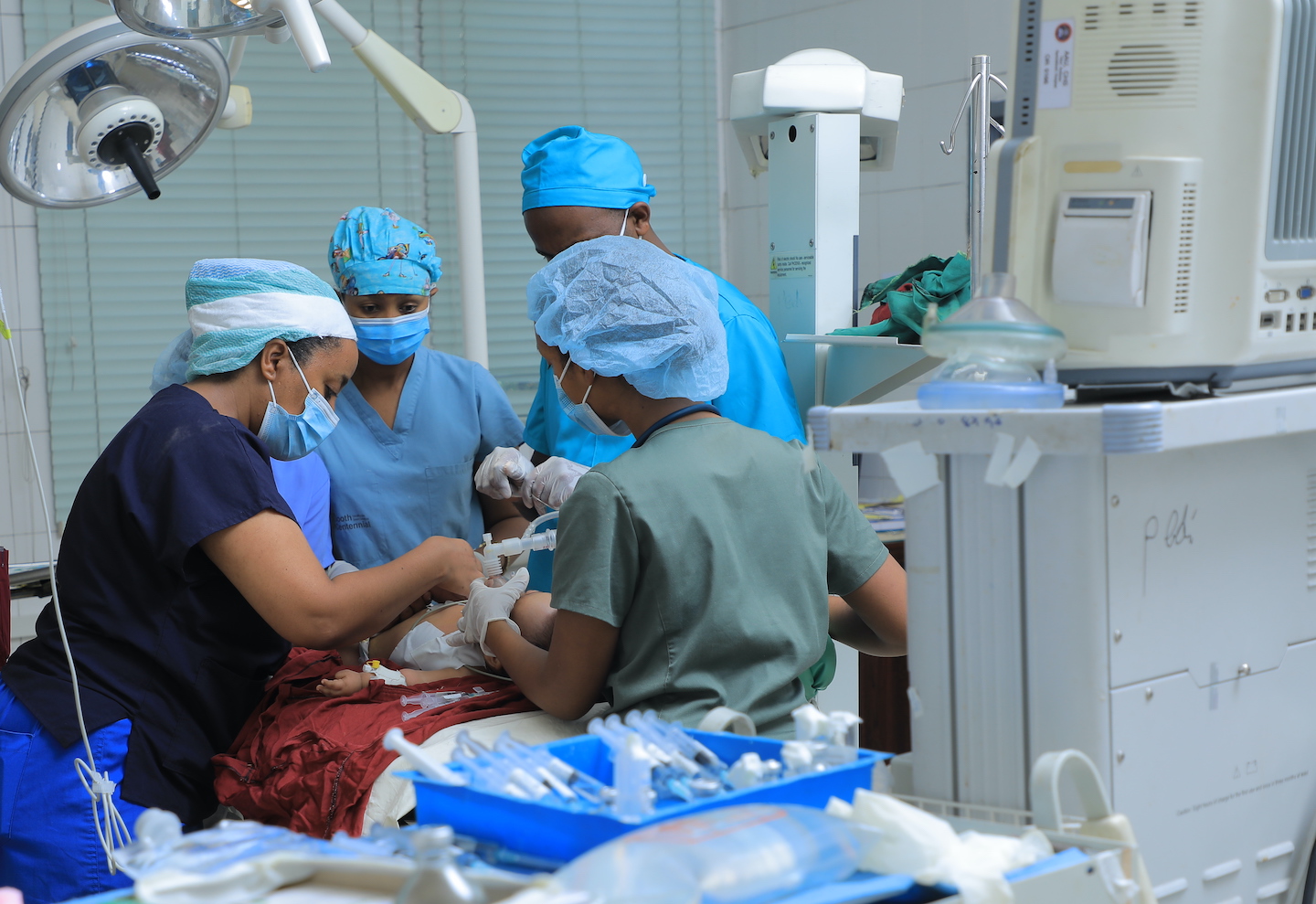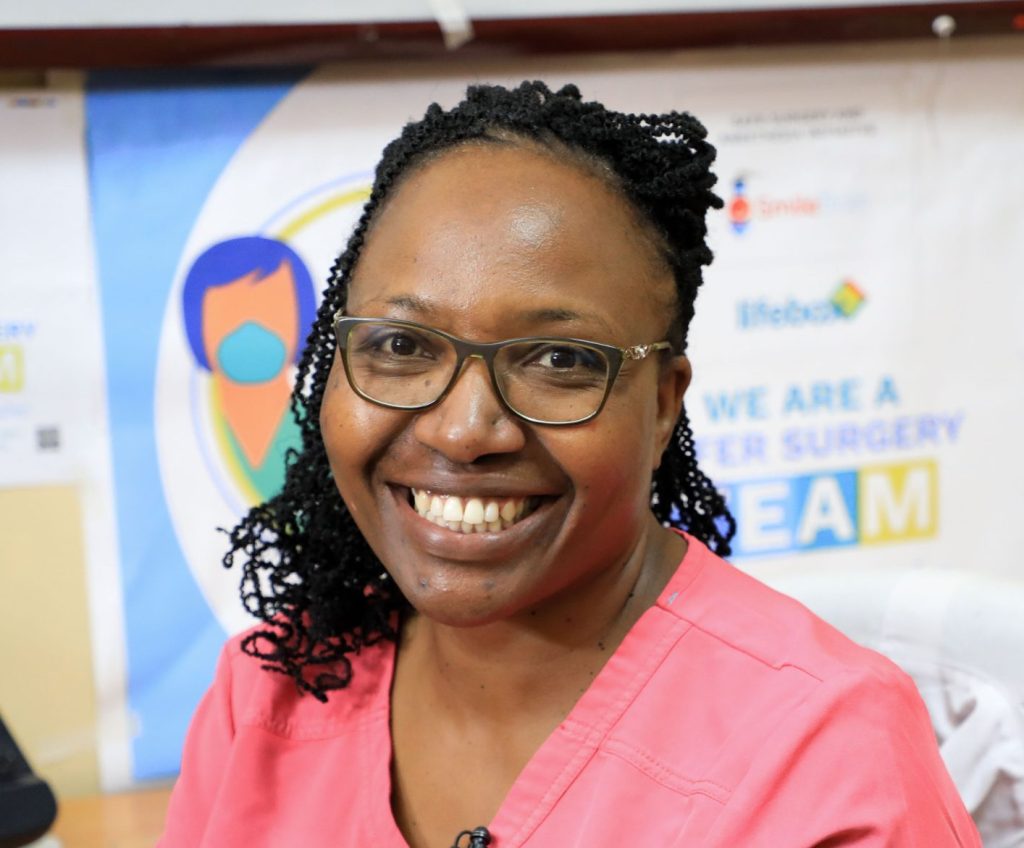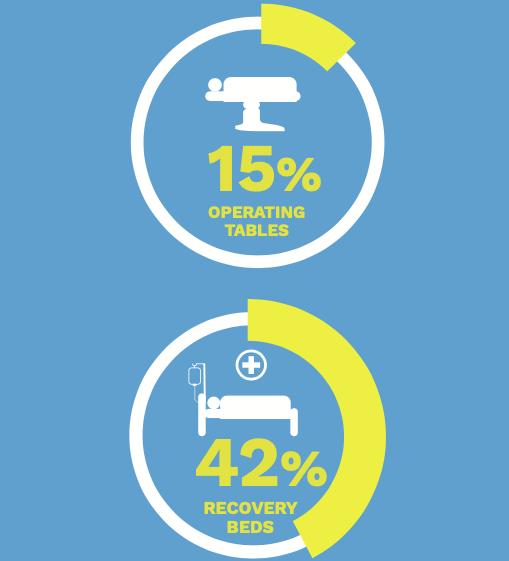<sup>1 Starr N, Capo-Chichi N, Moore J, Shreckengost CH, Fernandez K, Ambulkar R, et al. Perioperative Provider Safety in Low- And Middle-income Countries during the COVID-19 Pandemic: A Call for Renewed Investments in Resources and Training. Annals of Surgery. 2021 Dec 1;274(6):E525–627.</sup>




